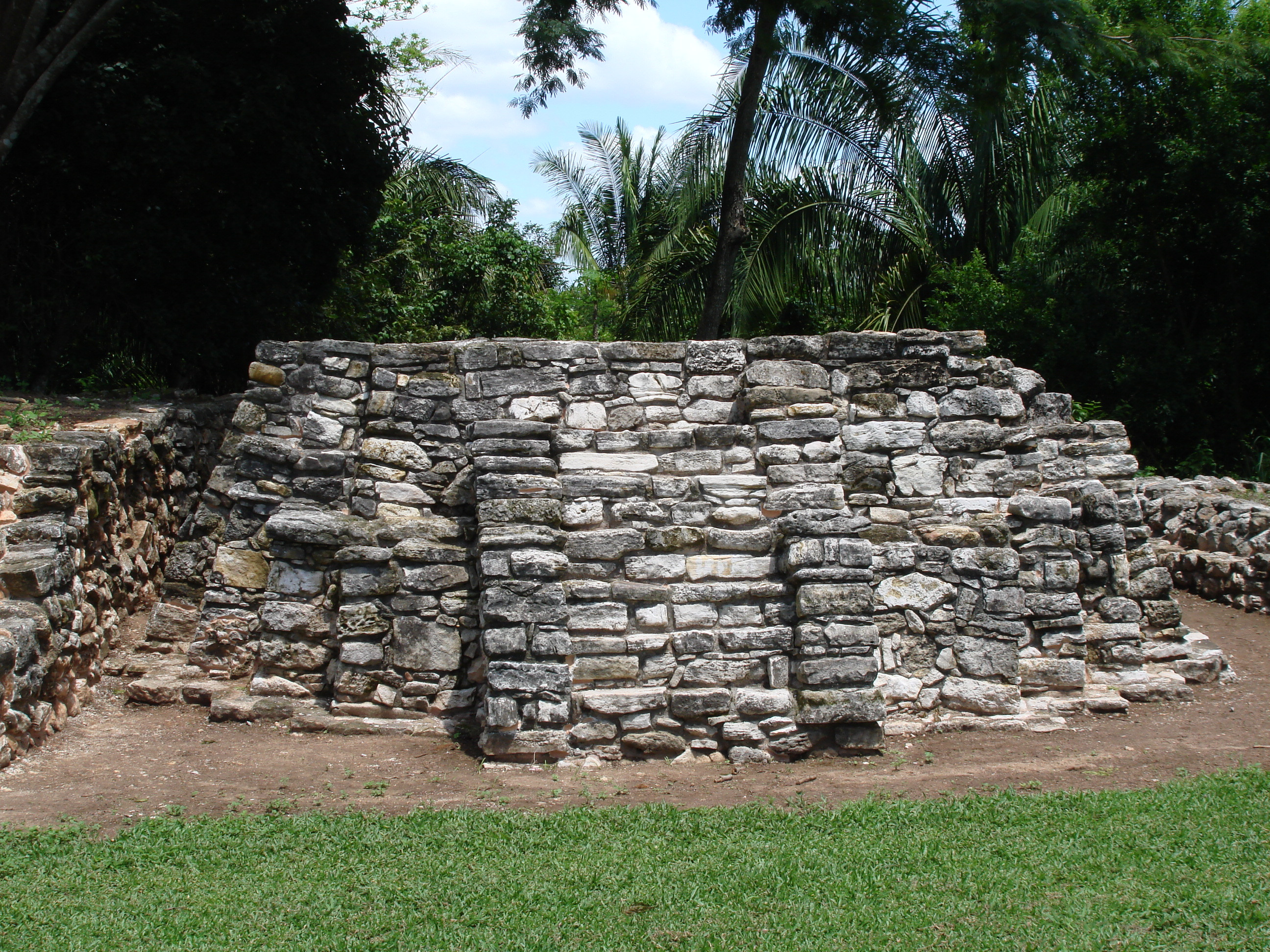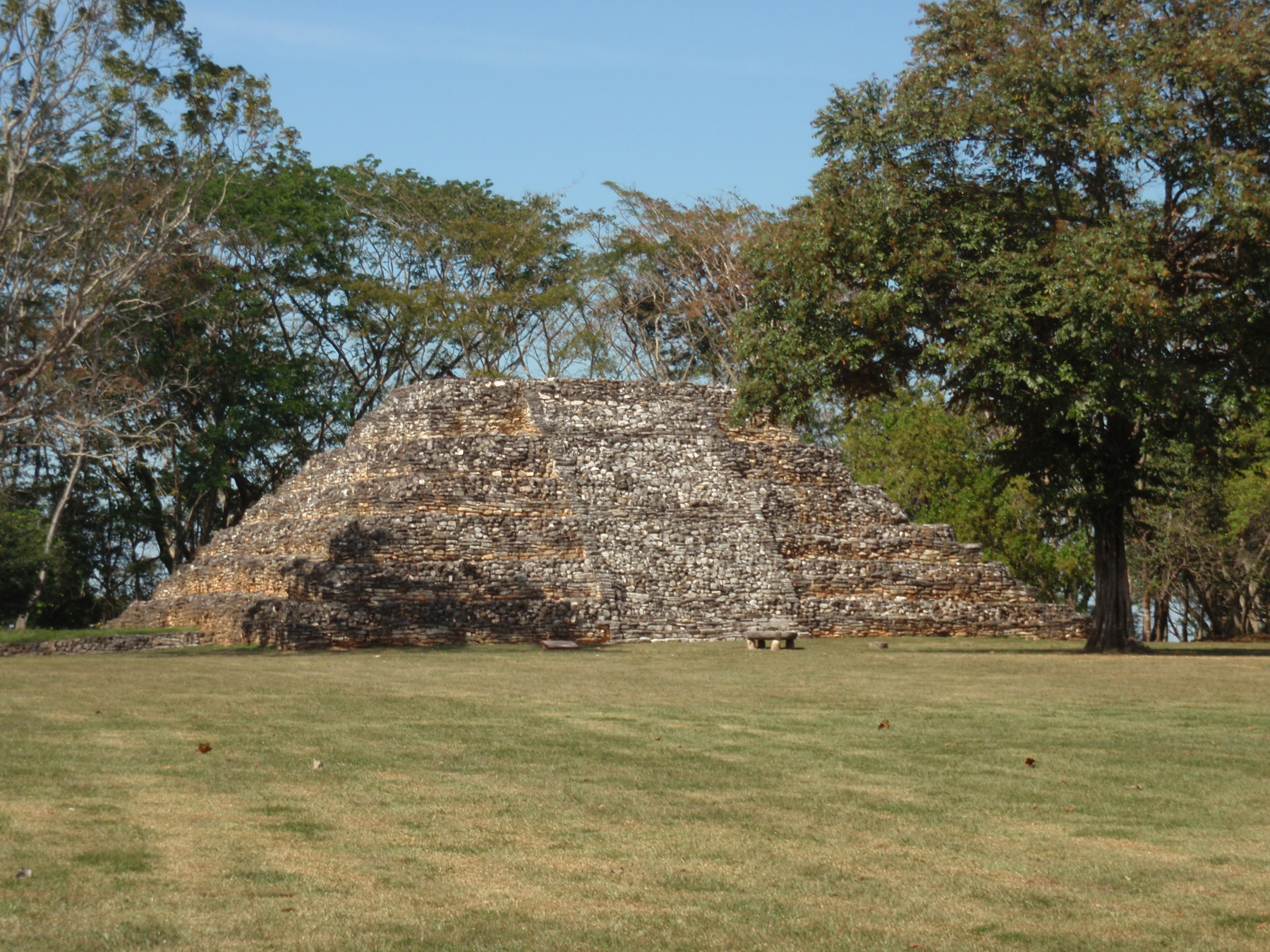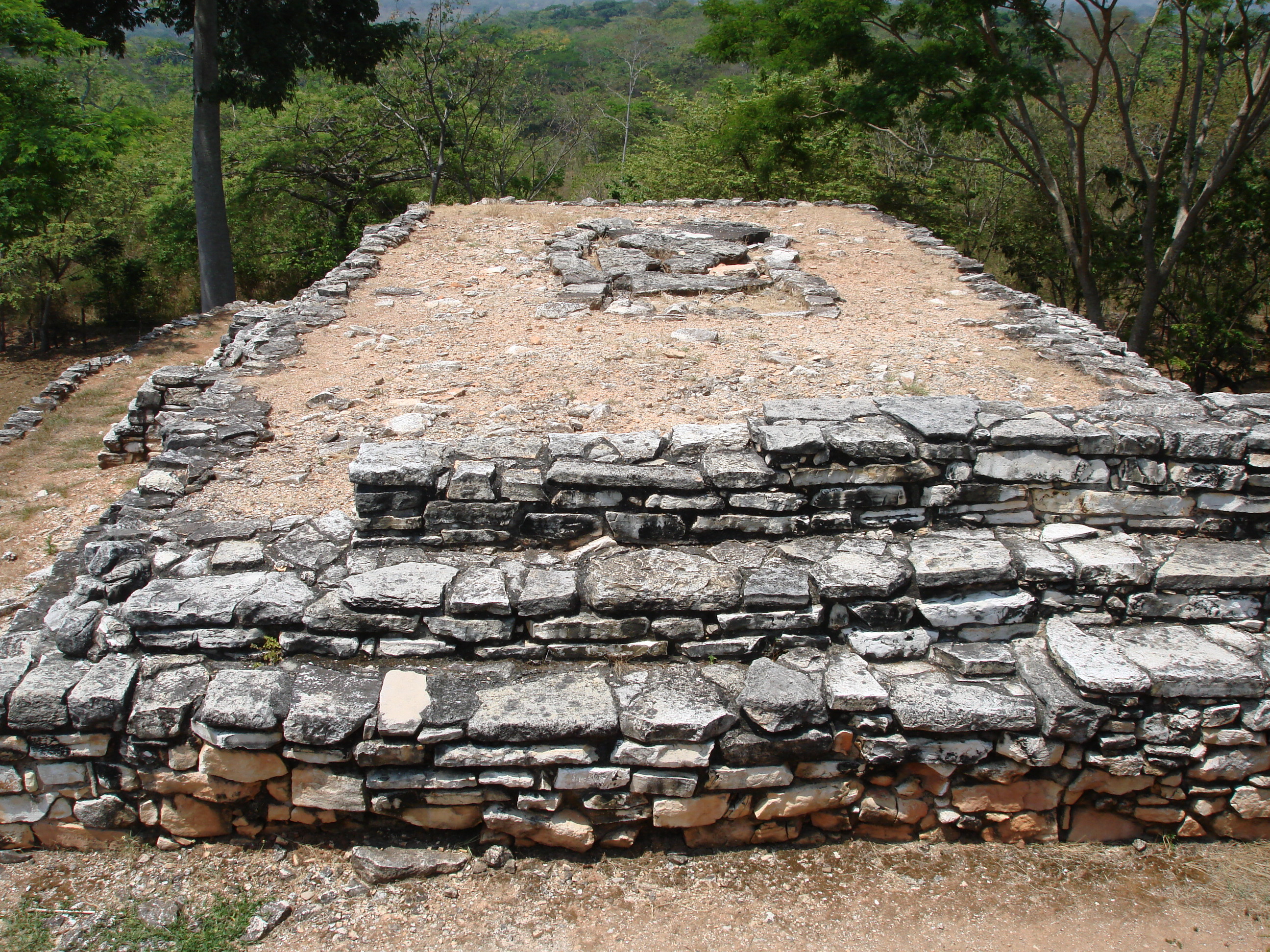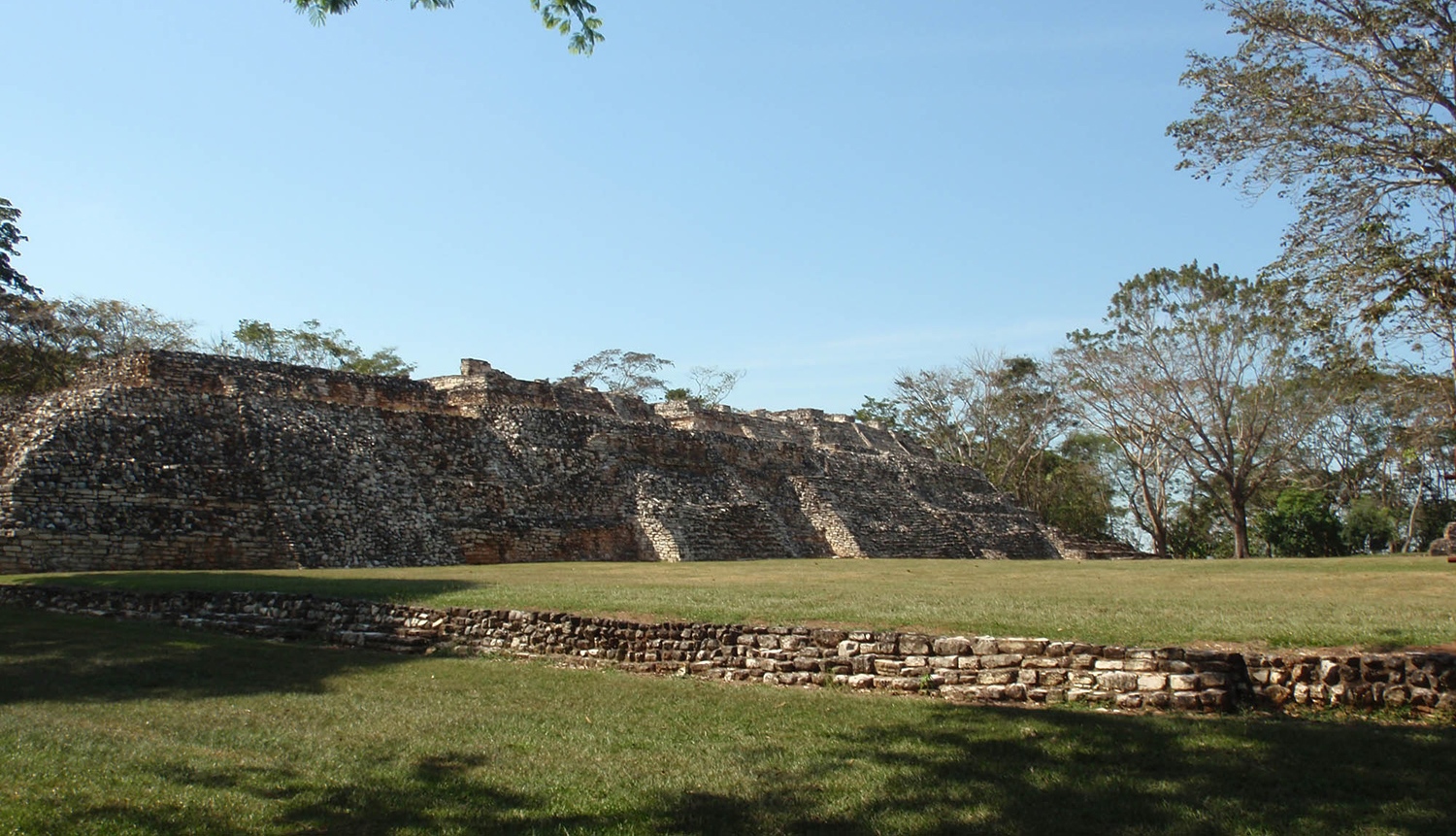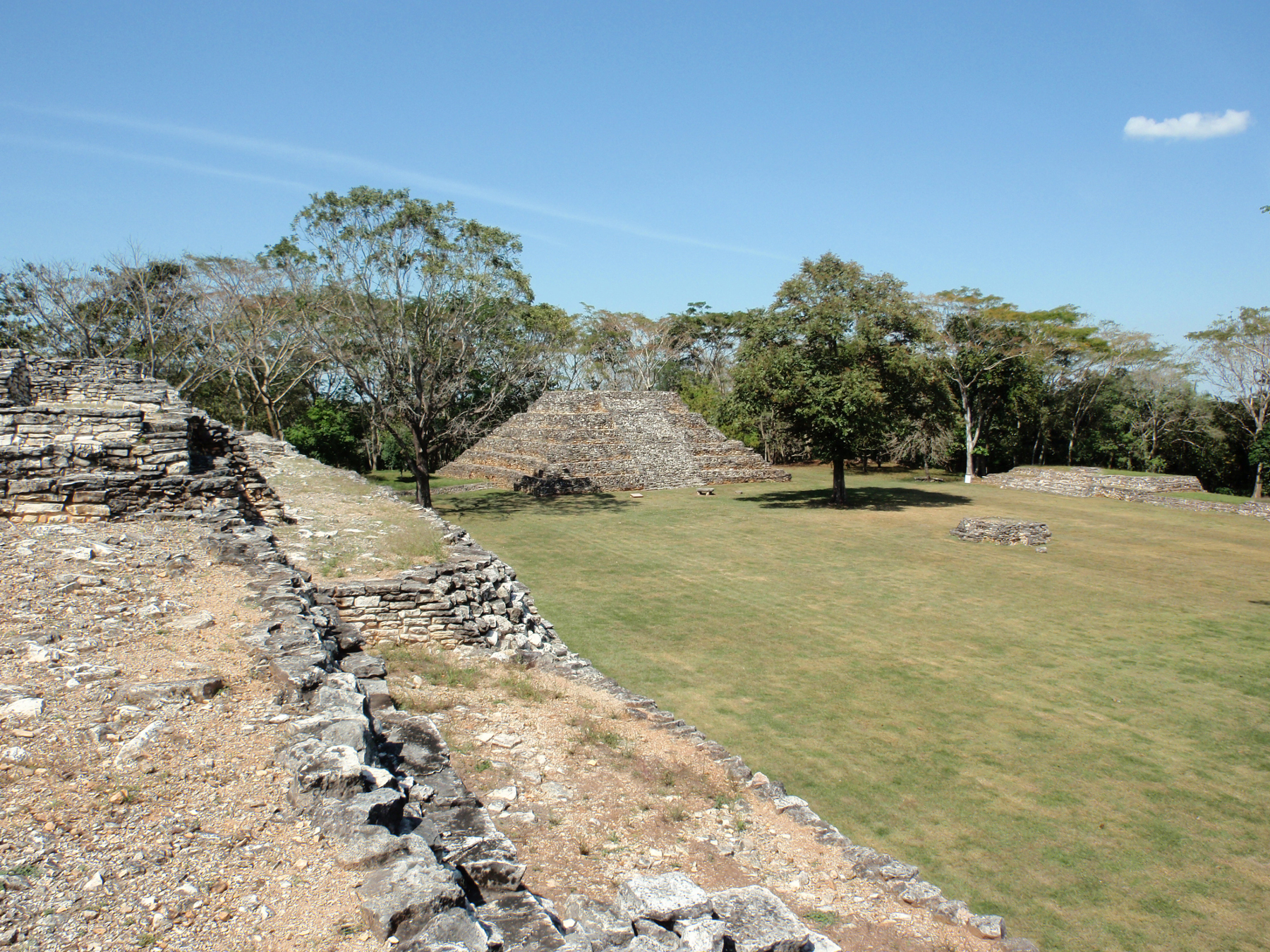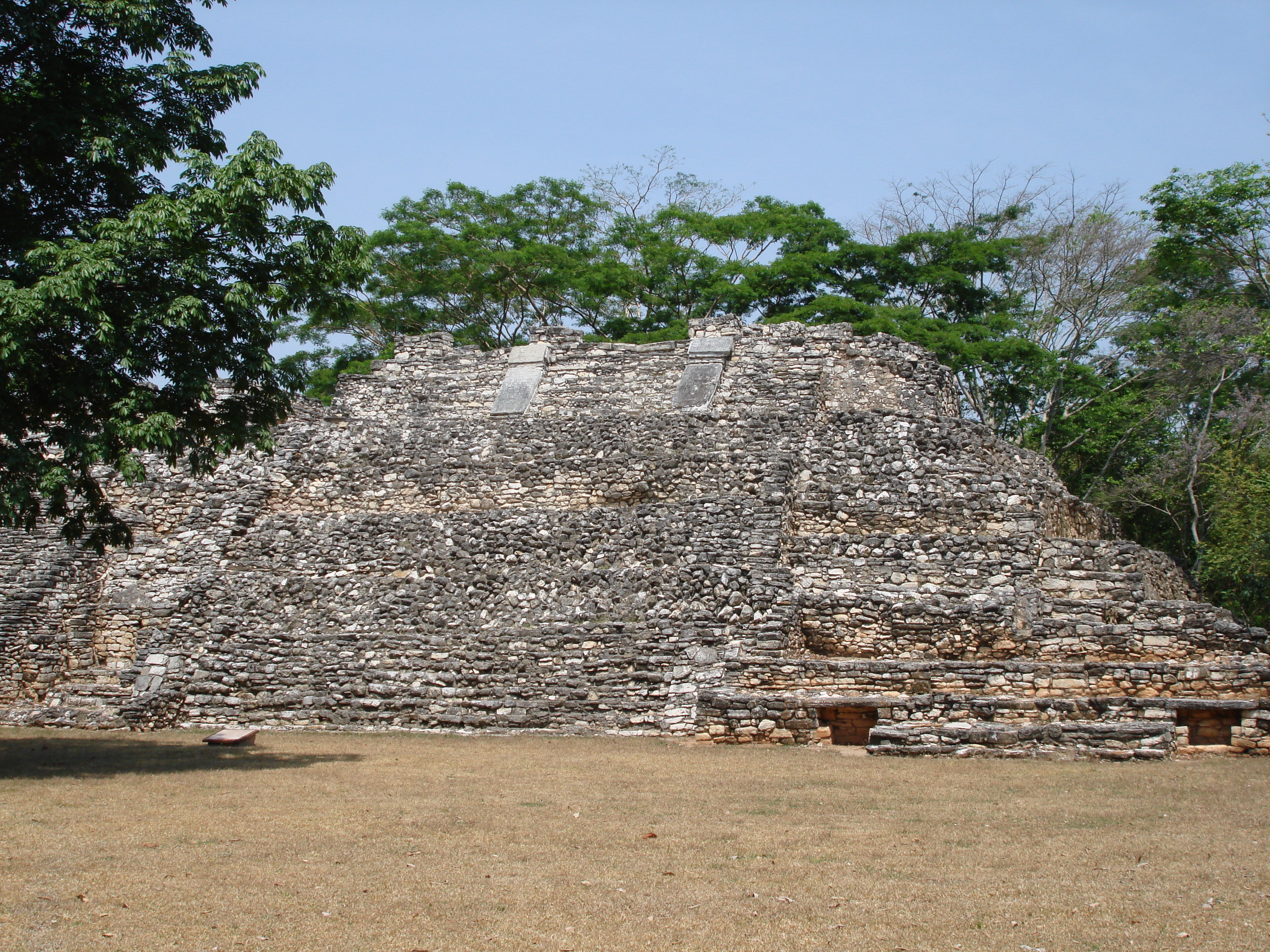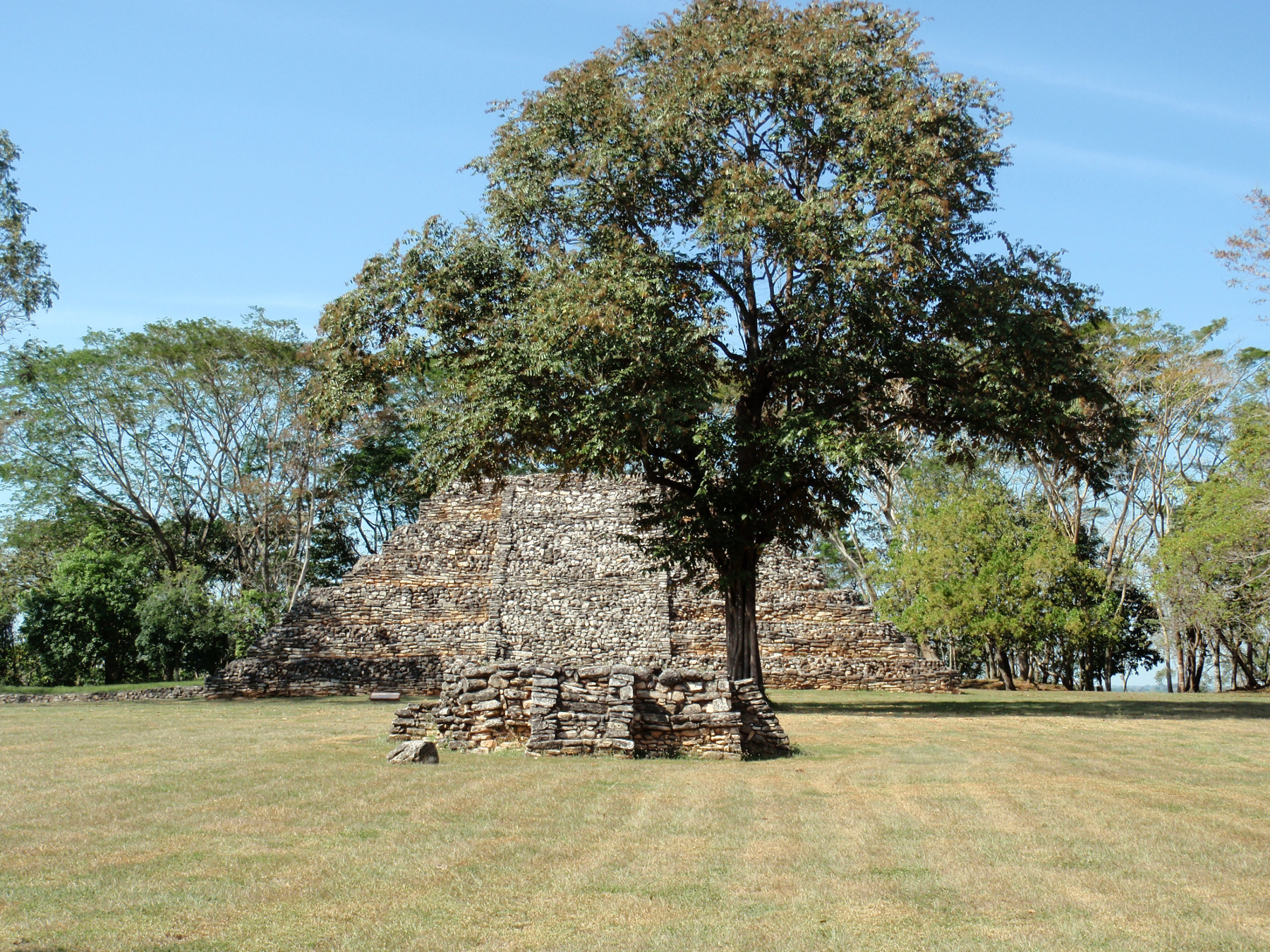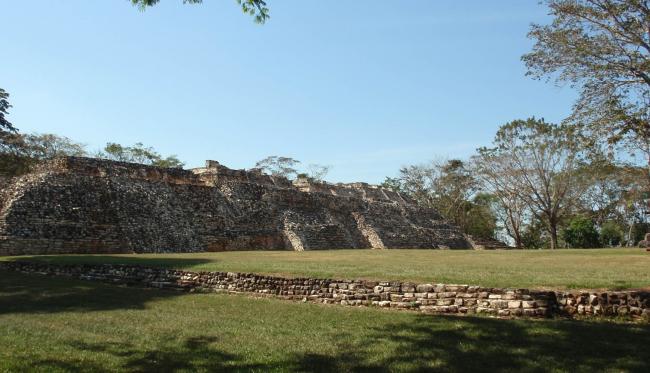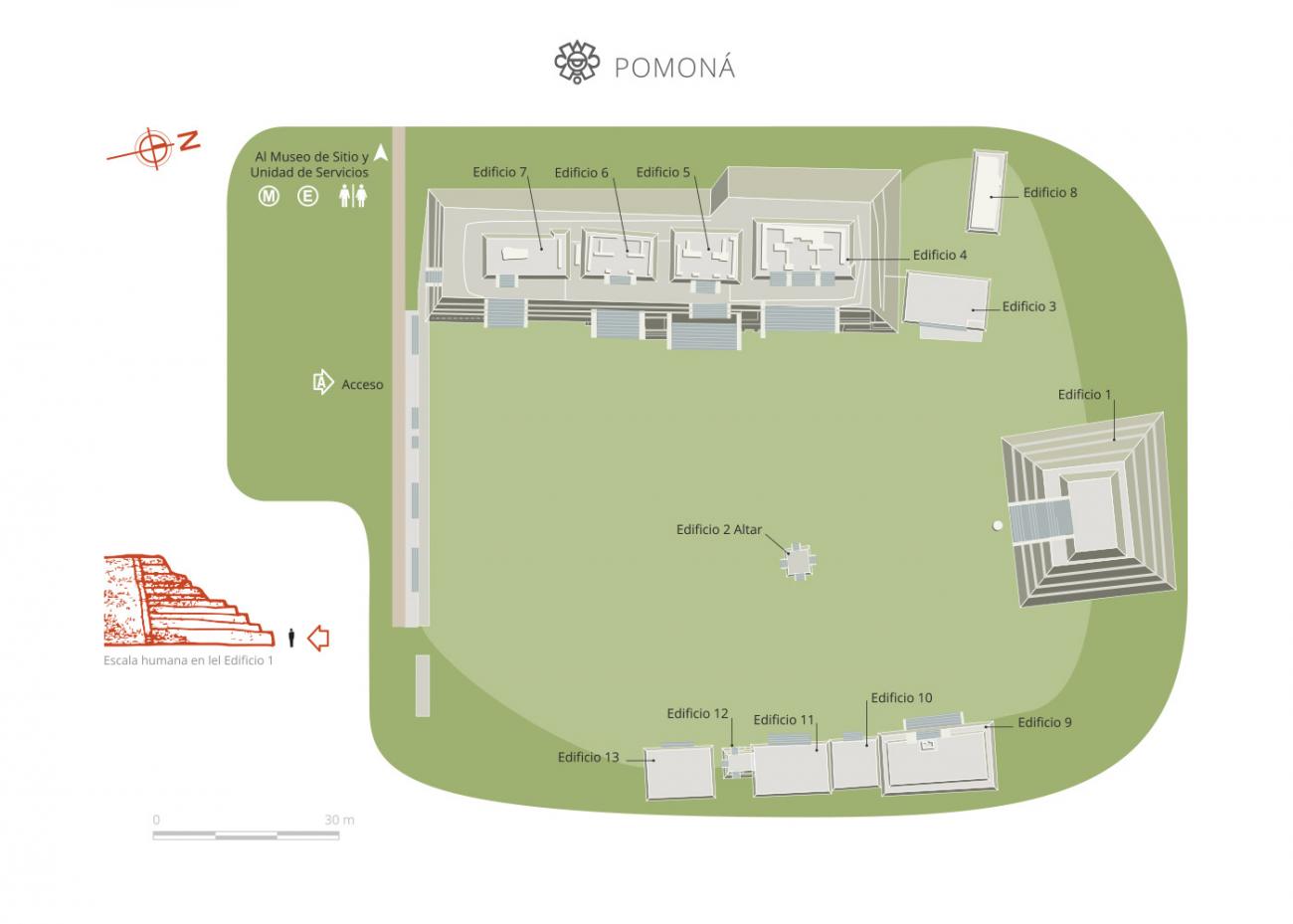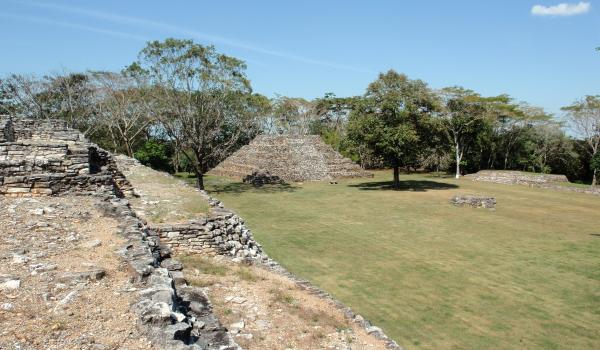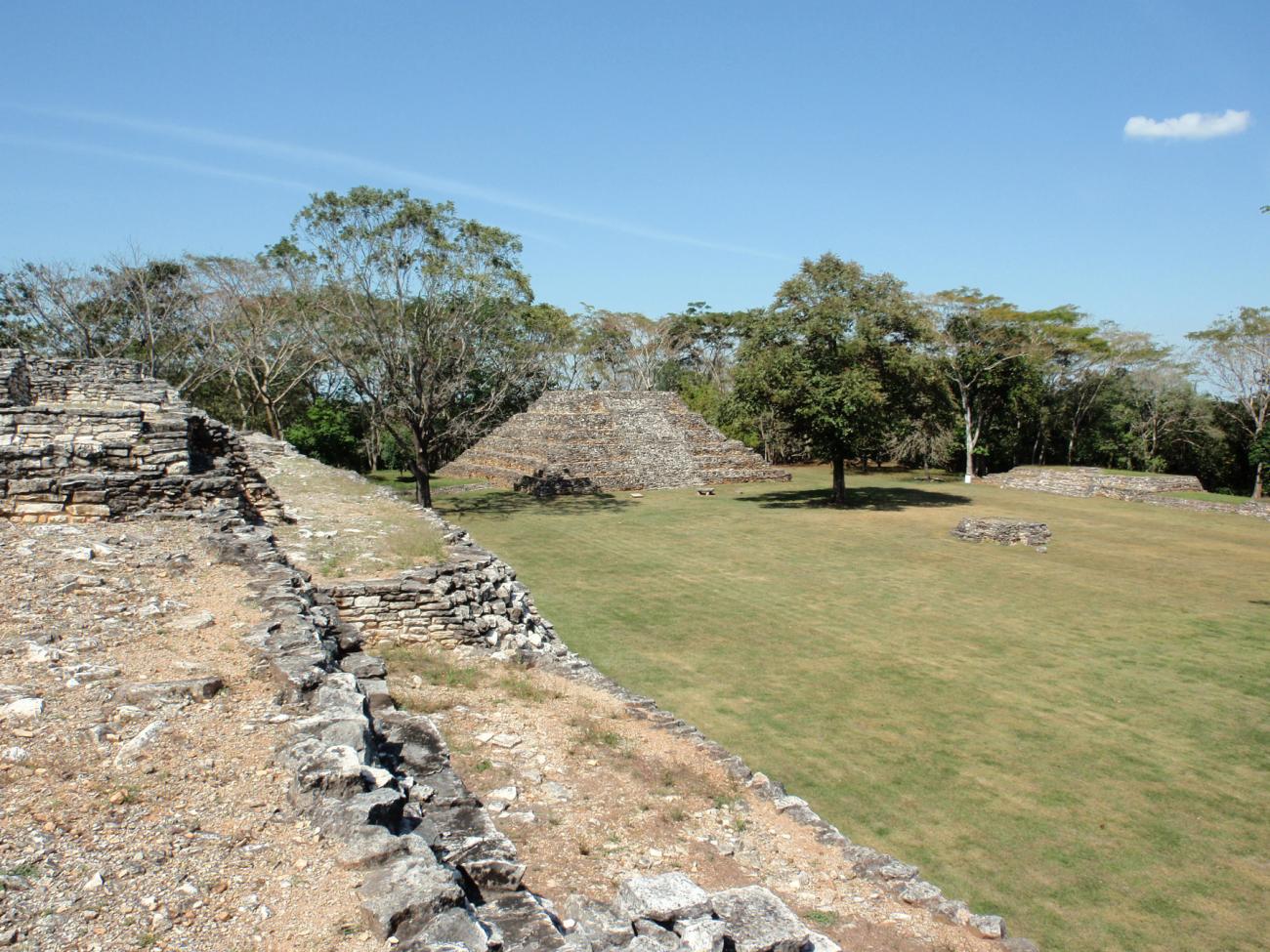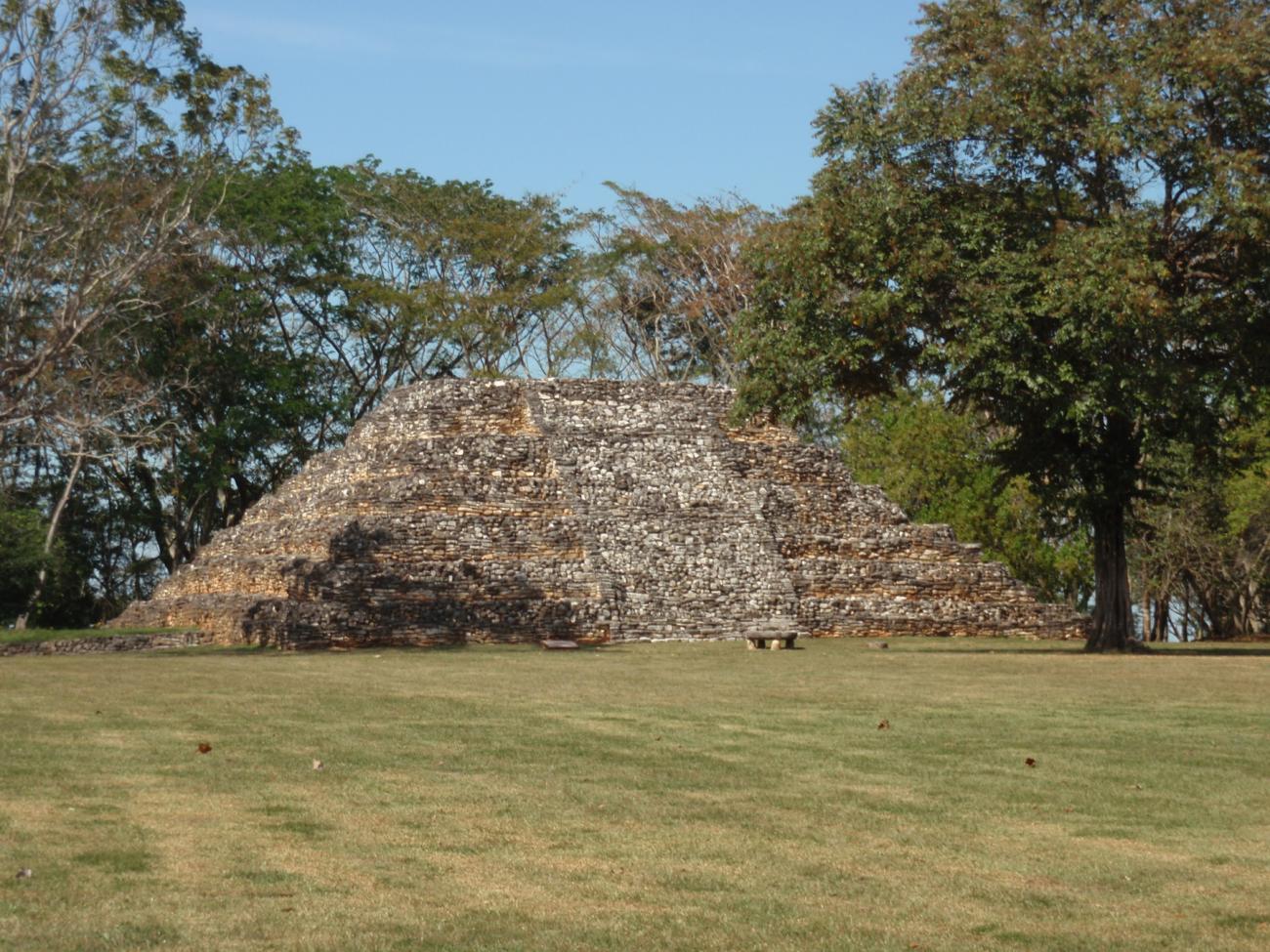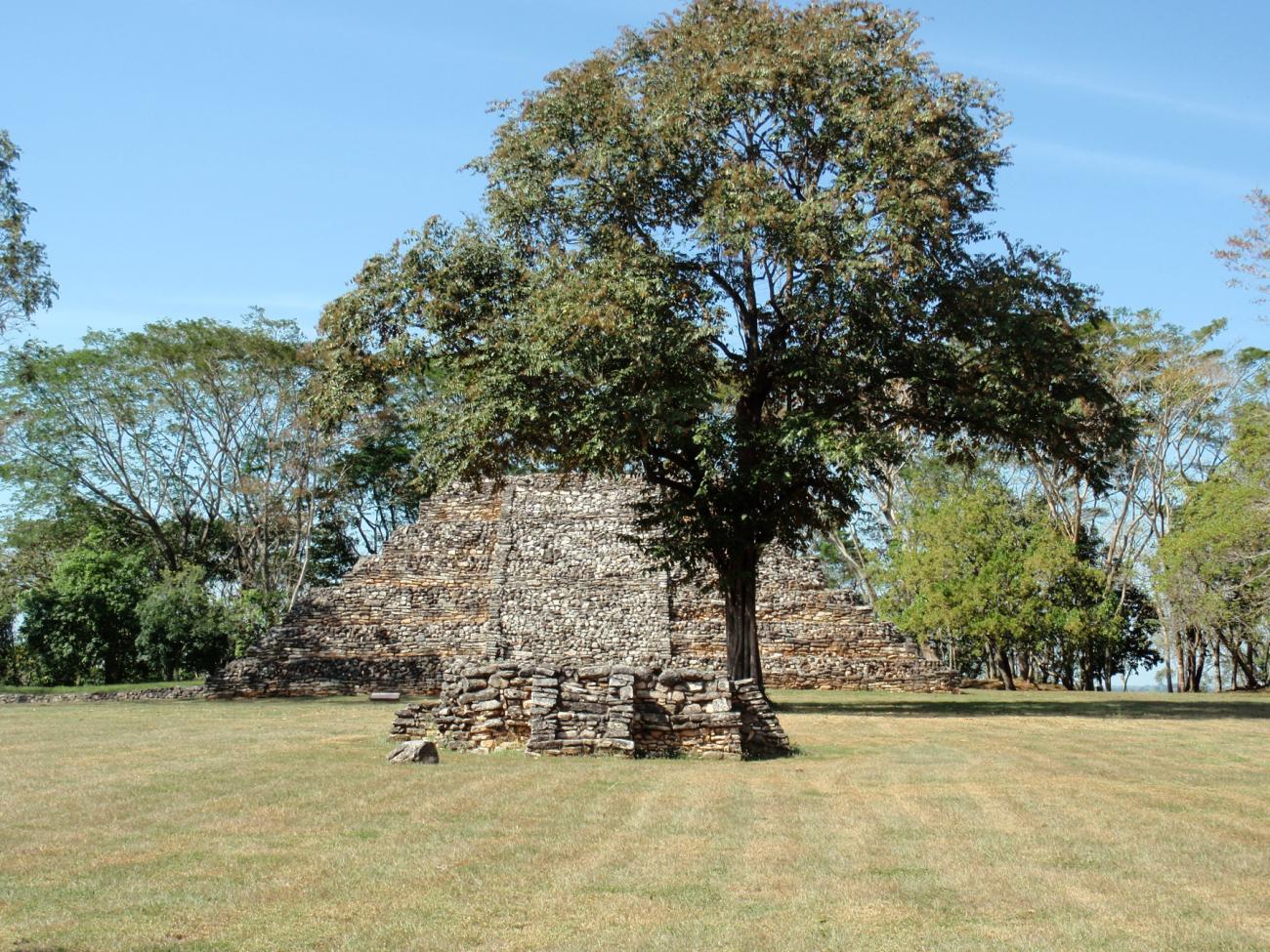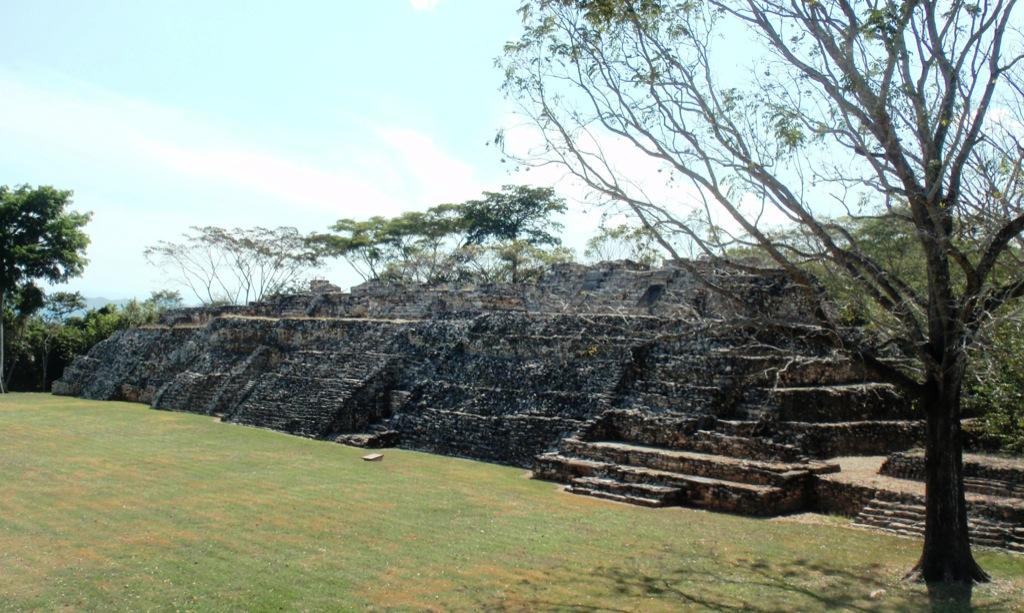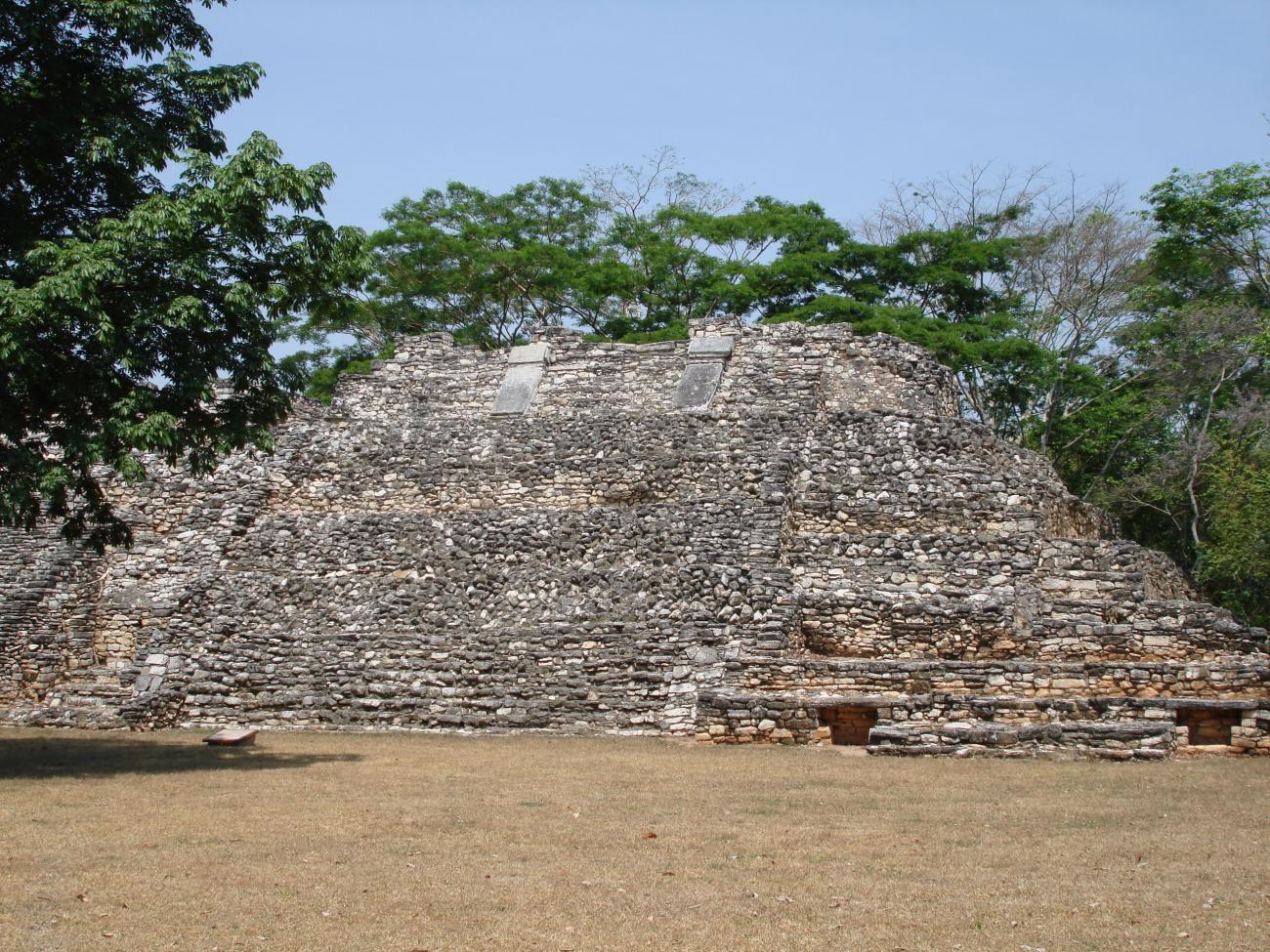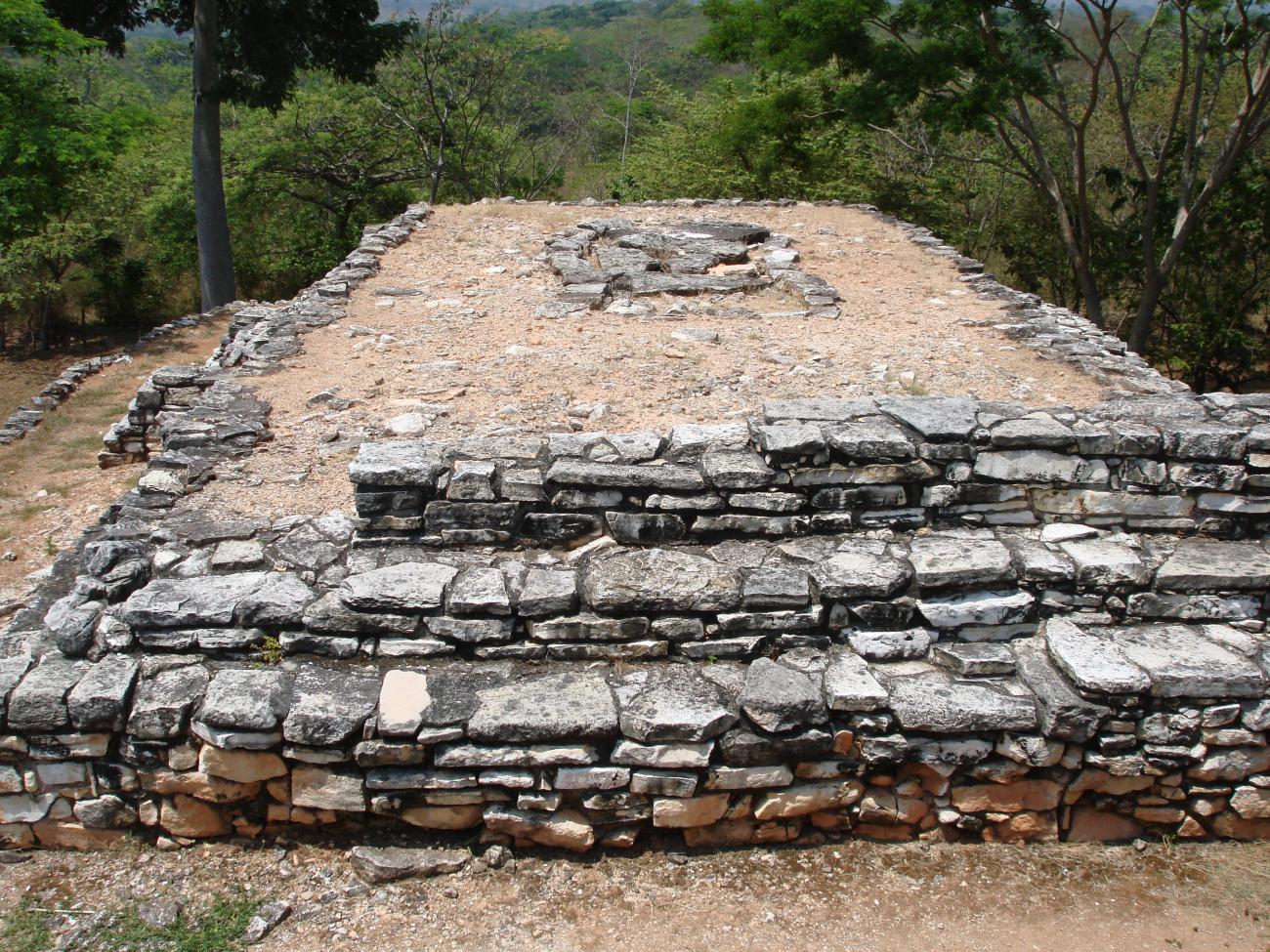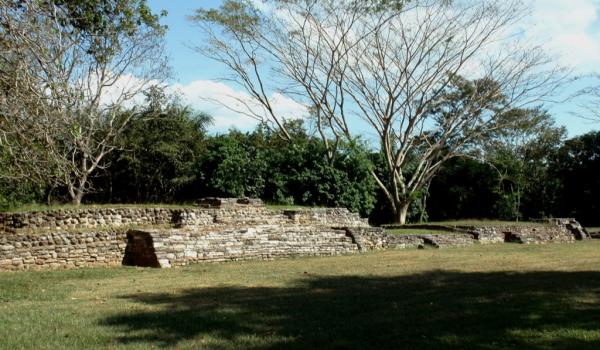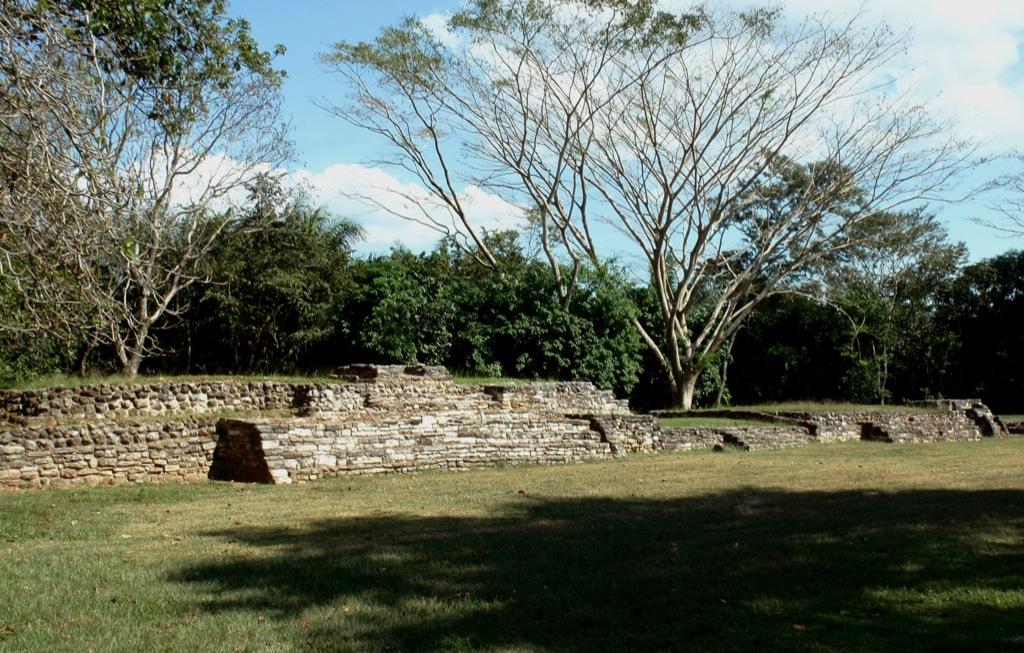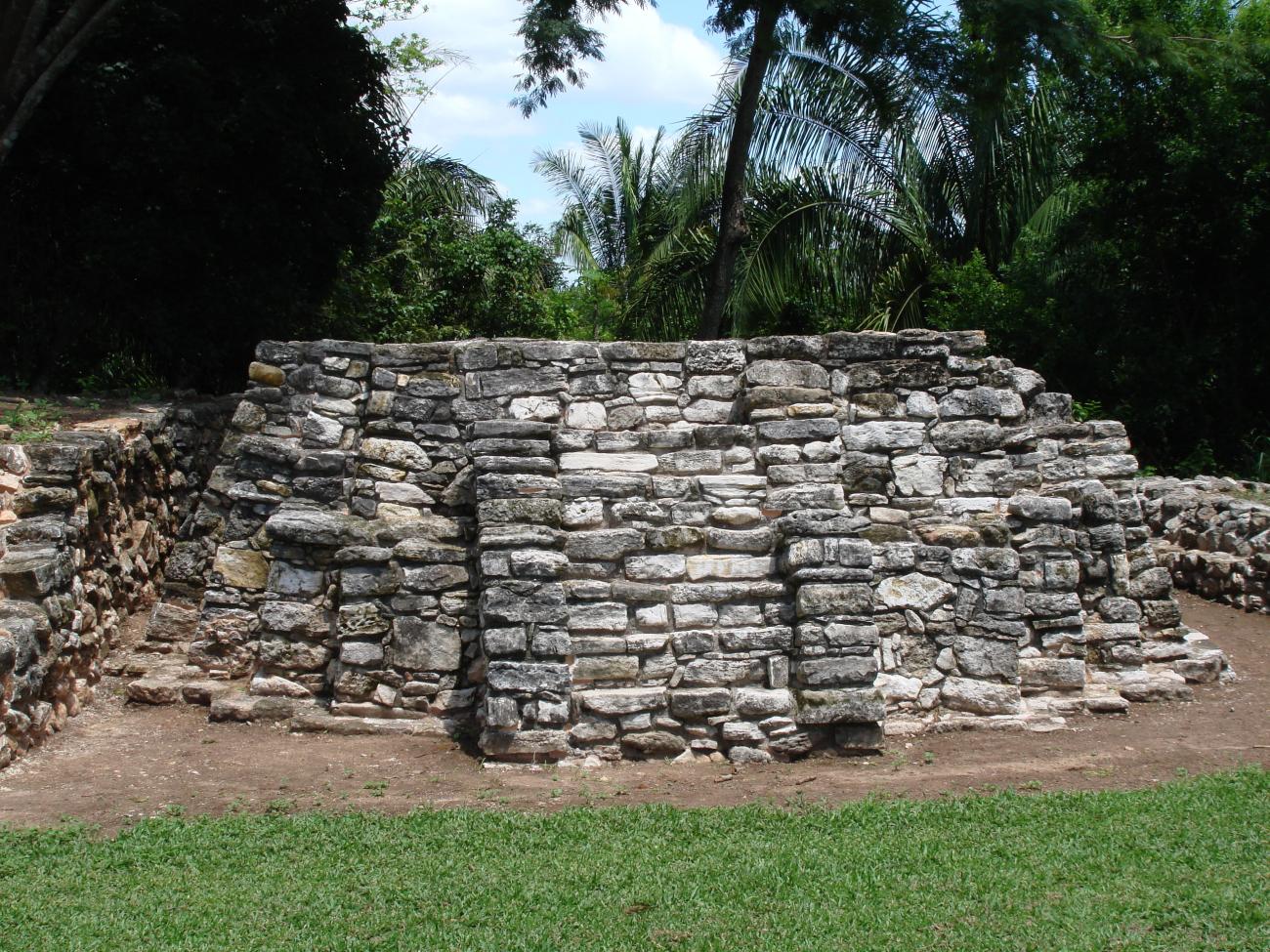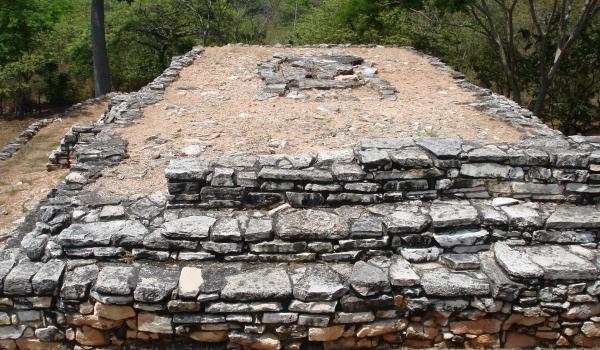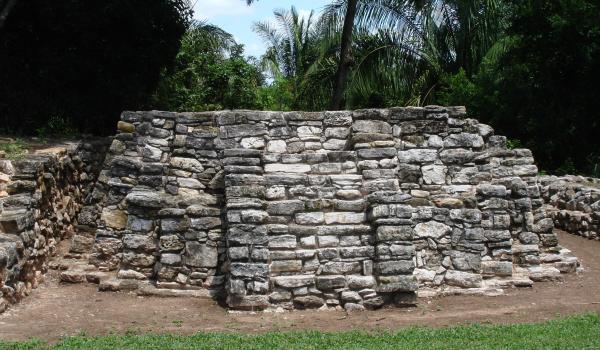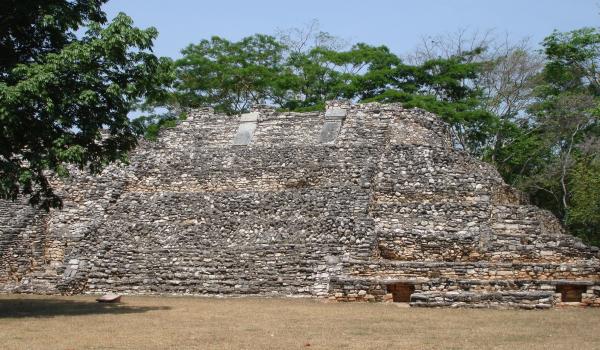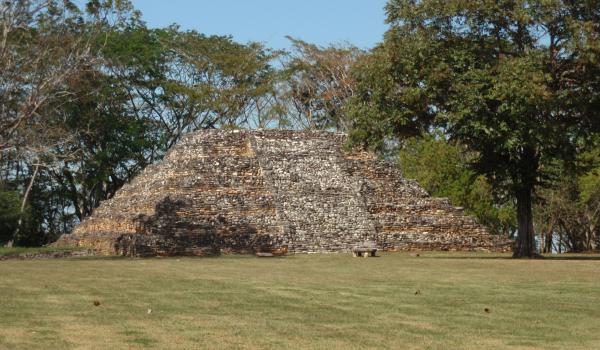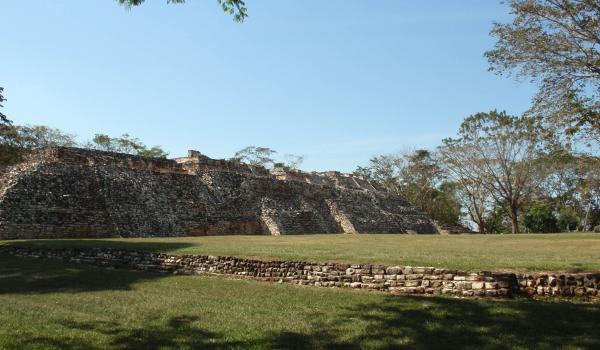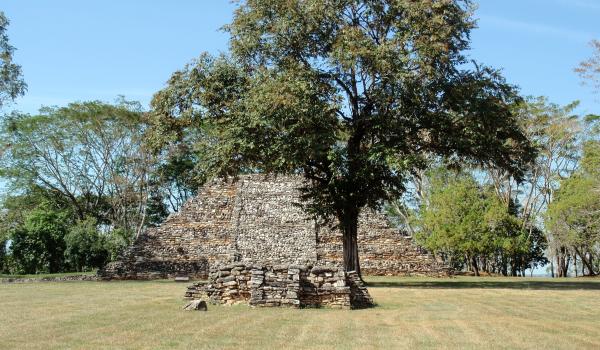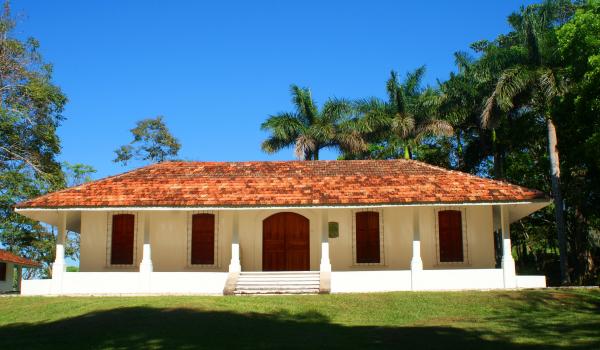The archeological site of Pomoná—or Pakbul to give the name found in the hieroglyphs—is located in an area where mountain and plains ecosystems meet. This makes it a key site for studying the ability of the Maya to adapt and thrive, which enabled them to achieve a significant level of socio-political development in their territory in the Classic period. Pomoná is notable for its contribution to Mayan history, as can be seen from the variety of important monuments with inscriptions telling of its political relations with the great Mayan fiefdoms of the period, such as Palenque.
The status of this pre-Hispanic settlement was consolidated between 600 and 800, when it became an independent political entity, and whose location enabled it to play a dominant role in cultural exchanges between contemporary sites on the upper and lower Usumacinta. This brought with it the subservience of sites such as Panjale, Boca del Cerro and Chinikiha, and territorial wars with the kingdoms of Palenque, Piedras Negras and La Mar.
The site occupies a 470-acre strip of land identifiable by the hillocks close to the left bank of the Usumacinta River, which is where the plains of Tabasco end and the foothills of the north Chiapas uplands begin.
The layout of the city is dispersed, using the higher land above the flood level, where six major groups of buildings can be found, of which only Group 1 has been investigated to date.
Among the most important finds is the "tombstone of the scribe," the stela of a high dignitary, a mask of the sun-jaguar god of the underworld, eccentric flint knives, the bust of a Mayan personage, the carved tablets of Building 4 and the figure of an old man with a beard and hat. All these items are currently on display in the Pomoná Site Museum.





